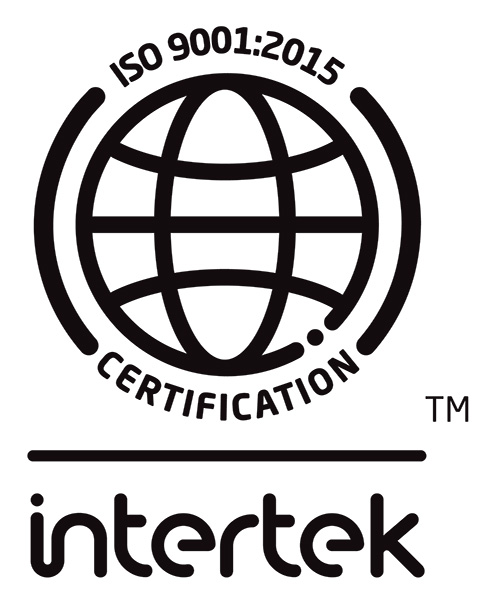PHARMACOKINETICS
Aminoglycosides are not metabolized, and are excreted virtually unchanged by the kidney via glomerular filtration. Because of their positive electrical charge at physiologic pH, they have ototoxic and nephrotoxic potential.2 Gastrointestinal absorption of aminoglycosides is minimal due in part to their high polarity, so they are normally administered parenterally: either intravenously or intramuscularly. After intravenous administration, aminoglycosides are freely distributed in the vascular and extracellular space, but have poor penetration into cerebrospinal fluid (CSF) and vitreous fluid.2,5 Thus, aminoglycosides may rarely need to be administered intrathecally or intravitreally in select clinical circumstances.
CLINICAL INDICATIONS
Aminoglycosides are often utilized for empirical treatment of severe infections suspected to be caused by aerobic gram negative bacilli, especially when used in combination with b-lactam or vancomycin therapy. Gentamicin and tobramycin are recommended by CLSI as first-line drugs to test and report for Enterobacteriaceae and P. aeruginosa, as well as testing amikacin for selective reporting.8 Gentamicin and tobramycin share similar activity and deactivation by AMEs, whereas amikacin shows more resistance to many of the AMEs thus, making it a useful option in very resistant bacteria.1
They can be used as definitive therapies for gram negative infections, especially pyelonephritis, once the susceptibility testing is reported. Because of the risk of toxicity, use of aminoglycosides has become less common as effective, safer antimicrobials have been introduced to clinical practice.
As discussed above, enterococci are inherently resistant to low levels of aminoglycosides. However, their synergistic activity with cell wall-active agents makes them essential to curing endovascular infections (i.e. endocarditis) caused by Enterococcus spp.2 Laboratory testing is done to rule out high level resistance by using extremely high levels of drug (e.g. for gentamicin, a 120µg disc or a 500 µg/mL broth microdilution well). The aminoglycosides normally used for this purpose include gentamicin and streptomycin.
Streptomycin has seen less use in recent years, but it is still used in multidrug therapies to treat M. tuberculosis infections, especially when resistance to first-line agents is detected. It remains the drug of choice for rare infections such as Yersinia pestis and Francisella tularensis.1




